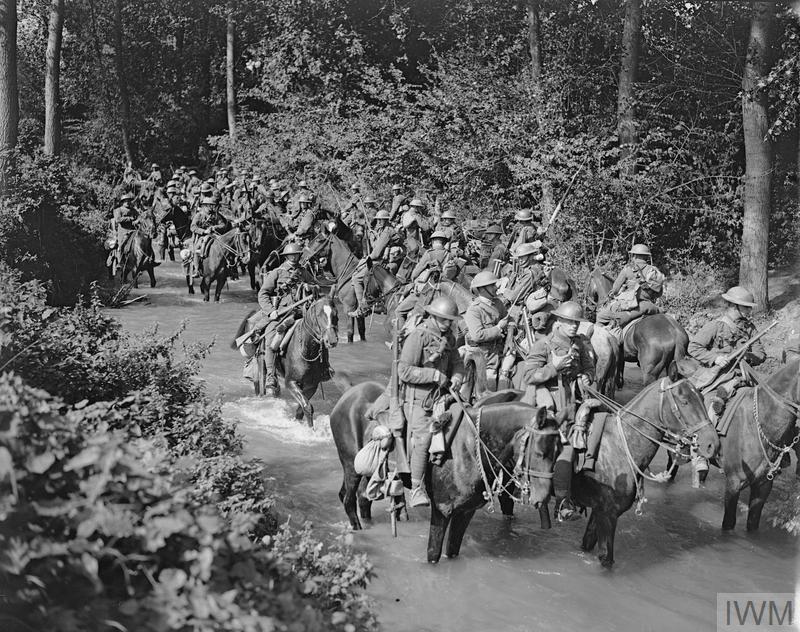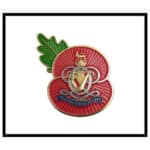Bazentin
A subsidiary attack of the Somme Offensive, and having captured Mametz Wood on the 12th of July, the British moved onwards toward High Wood in a continuation of the push through German lines. The Battle of Bazentin Ridge, which ran from 14-17 July 1916 and comprised part of the second phase of the Somme Offensive, was launched primarily by Reserve Army (twelve battalions) with Rawlinson’s Fourth Army providing a further battalion, on a front extending from Longueval to Bazentin-le-Petit Wood.
The Honour was awarded to the 8th Hussars.
Detail
The second stage of the Battles of the Somme began with an attack before dawn on the 14th of July. The objectives of this attack were the two villages of Bazentin, High Wood (the Bois des Foureaux), Longuevat, Delville Wood with the clearing of Trones Wood.
“The decision,” wrote Sir Douglas Haig, the successor of Sir John French in the chief command, “to attempt a night attack of this magnitude with an army, the bulk of which had been raised since the beginning of the war, was perhaps the highest tribute that could be paid to the quality of our troops.”
Nor was the day unpropitious in the eyes of France for was not the 14th of July the anniversary of the fall of the Bastille, the fete-day of France? It was to be one of the most successful of the four-and-a-half months’ contest.
The front chosen for attack was from a point southeast of Pozieres to Longueval and Delville Wood, a space of four miles. Each village in the second line had its adjacent wood, Bazentin-le-Petit, Bazentin-le-Grand, and at Longueval the wood of Delville, while in the centre lay the wood of Foureaux.
The plan was for the 3rd Corps on the left to form a defensive flank, pushing out patrols in the direction of Pozieres. On Its right, the 15th Corps moved against Bazentin-le-Petit Wood and the neighbouring village. On their right the 13th was to take Bazentin-le-Grand, to carry Longueval and Delville Wood and to clear Trones Wood.
Naturally, such rapid success would call for the employment of cavalry. The two Bazentins and the adjoining wood were captured. In the meanwhile, the regiment marched from Bonfray Farm at 3.30 am on the 14th. Orders arrived, telling it to move to Montauban. It moved with a battery to the north end of Talus Bois at 9.30 am Fresh orders came to recross Fricourt-Peronne road and rejoin the rest of the Brigade at 10 a.m.
At this stage, it came under severe shelling which affected the battery most. A halt was made at Billon copse until 5.15 pm The horses were not off-saddled but watered at Bray at 4 pm. under orders to move at a moment’s notice. At 7.15 pm orders came to return to Vivier Mill and to be ready to move at 3.30 am.
On the 15th the regiment was told to be ready at fifteen minutes’ notice and was saddled up from 7.30 am more or less continuously till 7 pm. At 8 pm it was released from holding itself in immediate readiness.
Information was received on the 17th that the regiment was not moving for the moment. On the 23rd word was received that it was to be ready to move at short and to be saddled up at 4.30 am.



